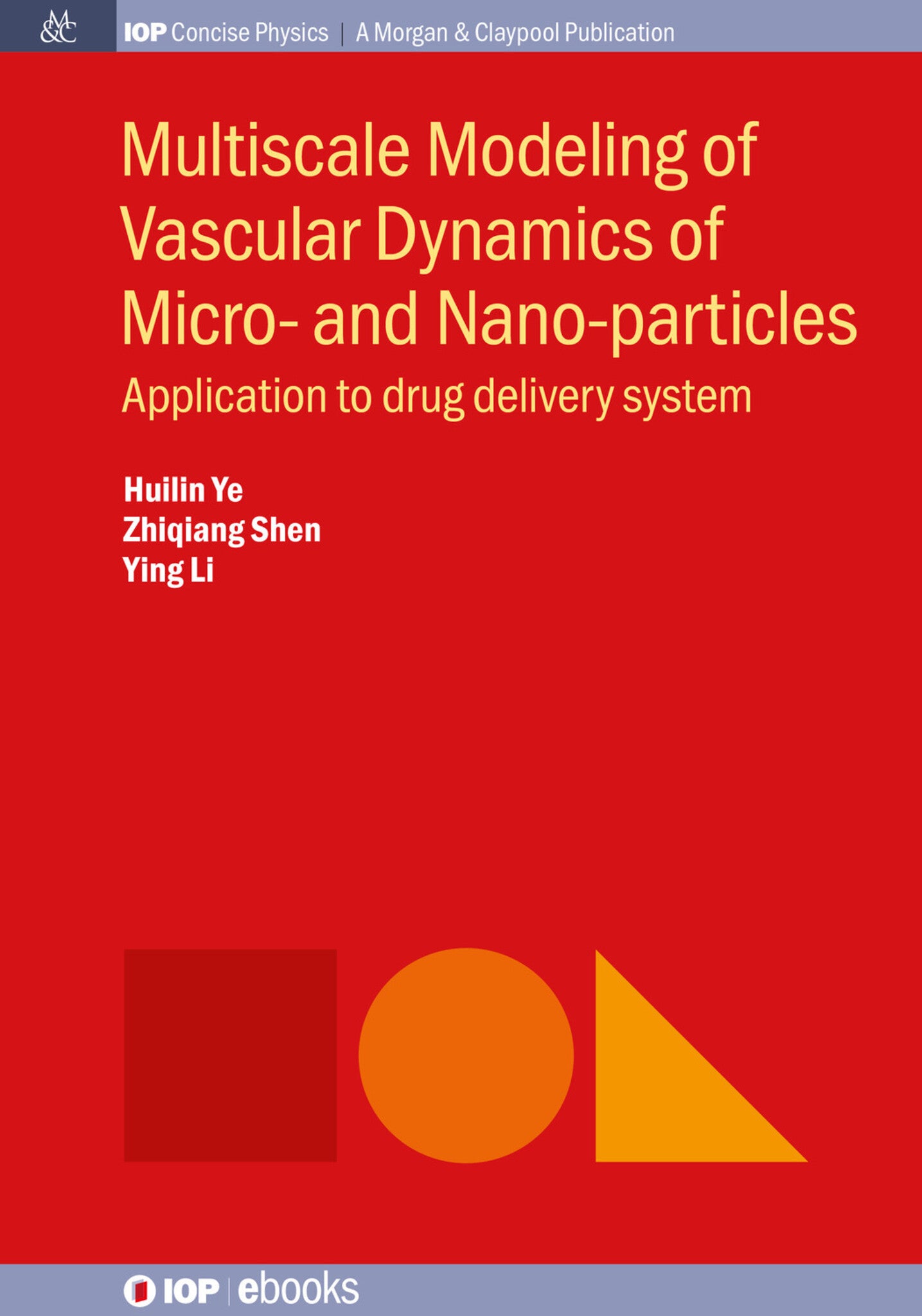We're sorry. An error has occurred
Please cancel or retry.
Multiscale Modeling of Vascular Dynamics of Micro- and Nano-particles

Some error occured while loading the Quick View. Please close the Quick View and try reloading the page.
Couldn't load pickup availability
- Format:
-
24 December 2019

Recent advances in this exciting field see the potential to employ nanomedicine and game-changing methods to deliver drug molecules directly to diseased sites. To optimize and then enhance the efficacy and specificity, the control and guidance of drug carriers in vasculature become crucial. Current bottlenecks in the optimal design of drug-carrying particles are lack of knowledge about the transport of particles, adhesion on the endothelium wall, and subsequent internalization into diseased cells. To study the transport and adhesion of particles in vasculature, the authors of this book have made great effort to numerically investigate the dynamic and adhesive motions of particles in the blood flow. This text discusses the recent achievements from the establishment of fundamental physical problems to the development of the multiscale model and, finally, large-scale simulations for understanding the transport of particle-based drug carriers in blood flow.

SCIENCE / Life Sciences / Biophysics, Medical physics, SCIENCE / Physics / Mathematical & Computational, Mathematical physics

1 Background
1.1 Blood flow in human vasculature
1.2 Vascular targeting and margination of particles in blood flow
1.3 Adhesion of particles on endothelium wall
I Numerical Method
2 Numerical methods: fluid structure interaction and adhesive dynamics
2.1 Fluid-structure interaction
2.1.1 Plasma dynamics: Lattice Boltzmann method
2.1.2 Coarse-grained model for blood cells and particles
2.1.3 Immersed boundary method
2.2 Adhesive dynamics
2.3 Validation of Numerical Method
2.3.1 Validation of RBC Model
2.3.2 Validation of RBC suspension
II Applications
3 Anomalous vascular dynamics of nanoworms within blood flow
3.1 Motivation
3.2 Experimental and computational results
3.2.1 Experiment
3.2.2 Computational results
4 Adhesion behavior of single cell on endothelial wall
4.1 Introduction
4.2 Computational model
4.3 Results and Discussion
4.3.1 Four Types of Motion and Demargination
4.3.2 Effect of Particle Stiffness on Formation of Bonds and Adhesive Force
4.3.3 Phase Diagram and Scaling Relationship
5 Localization of soft particle: margination and adhesion
5.1 Introduction
5.2 Physical Problem and Computational Method
5.2.1 Physical problem
5.3 Results and Discussion
5.3.1 Margination of elastic MPs without adhesion
5.3.2 Adhesion effect on localization of elastic MPs at wall
5.3.3 Adhesion behavior of elastic MPs
5.3.4 Mechanism of localization of elastic MPs under adhesion
6 Shape dependent transport of micro-particles in blood flow: from margination to adhesion
6.1 Introduction
6.2 Computational model setup
6.3 Results and Discussion
6.3.1 Margination of MPs without adhesion
6.3.2 Margination of MPs with adhesion
6.3.3 Mechanism of adhesion effect
A Coarse-grained potential for RBC



